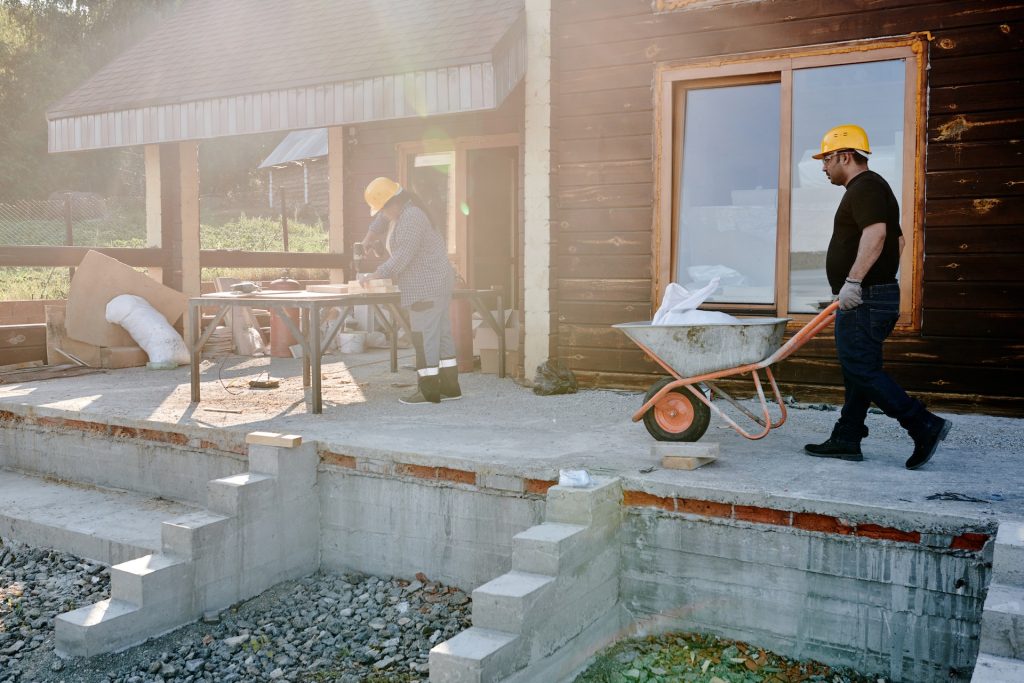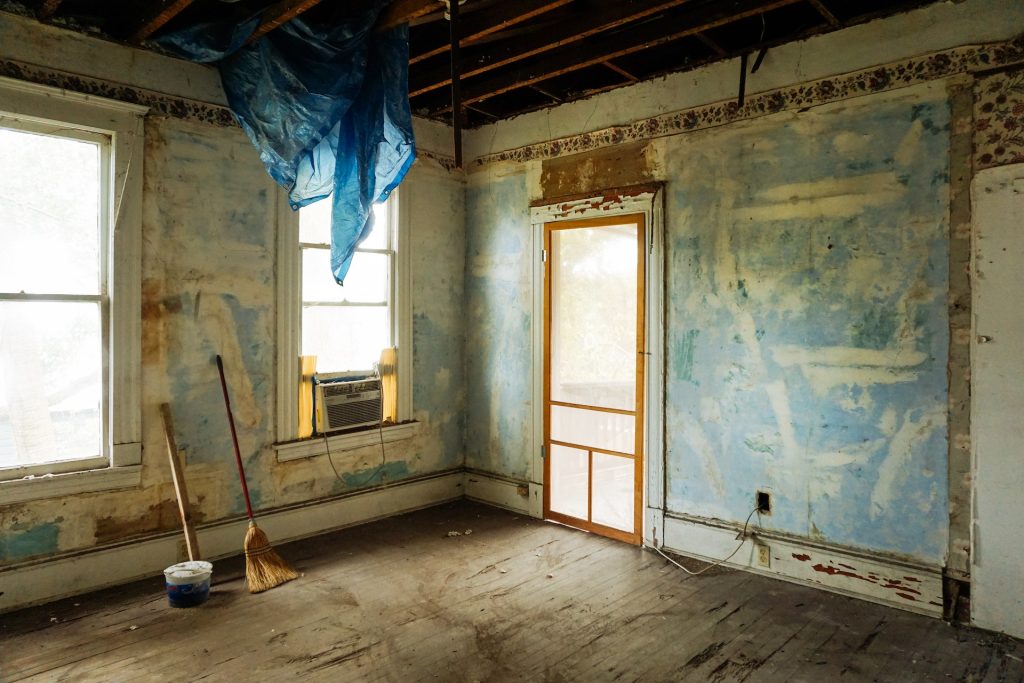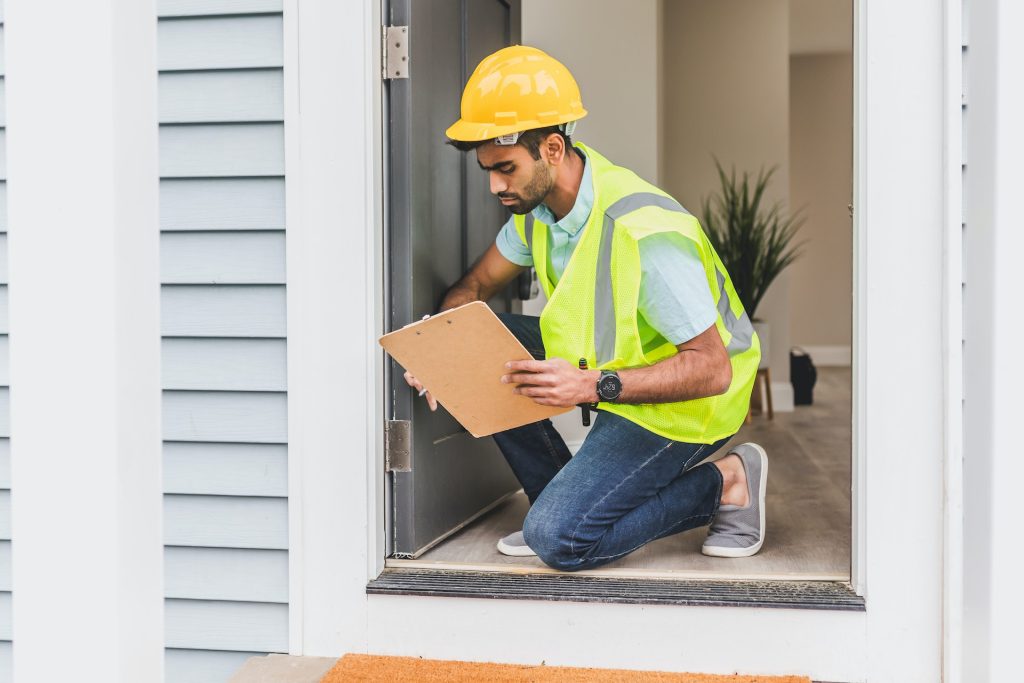
Are you embarking on the exciting journey of renovating your home? Whether it’s a new or existing home that you’re renovating, there are some important steps you need to take to ensure that the renovation process is carried out safely and successfully.
One of those things is to check for asbestos! Asbestos is an extremely hazardous material that is a real issue in Newcastle and Lake Macquarie homes. Many people have asbestos lurking in their homes without realising it! But what is asbestos, and how can you identify if you have it in your home? And if you do find out your home has asbestos, what can you do to ensure your renovation process carries on safely and without a hitch? You’ve come to the right place! This article is going to answer these questions and more to help you understand how the asbestos removal process works and ensure that your renovation project goes smoothly and safely! Let’s get started.
What Is Asbestos And Why Is It So Dangerous?

Asbestos is a mineral that was used in lots of building materials for many years. It was known for its durability, strength, and heat resistance, making it ideal for use in insulation, roofing, and flooring. Australia used to have one of the highest usage rates of asbestos in the world! However, its use has now been banned in many countries, including in NSW and Australia since December 2003! Asbestos is now illegal to use or even re-use.
But if it’s so useful, why can’t we use it? Research shows that asbestos can cause serious health problems, and there is currently no safe level of exposure to it. For this reason, we all need to be cautious when carrying out any house renovation where there may be asbestos!
Asbestos is especially dangerous when it is disturbed or damaged because tiny fibres are released into the air. These fibres can be breathed in and get stuck in the lungs, causing serious health problems over time, including lung cancer, asbestosis, and mesothelioma. Lung cancer is one of the most common diseases caused by exposure to asbestos. It often develops many years after exposure and can be difficult to treat. Asbestosis is another chronic lung disease caused by asbestos that can result in shortness of breath, coughing and chest pain. Mesothelioma is a rare and painful type of cancer that can affect the lining of the lungs, heart and abdomen.
It is also extremely important to note that asbestos exposure can occur in many ways, not just through direct contact with the material. For example, family members of workers who were exposed to asbestos can also develop health problems from secondhand exposure.
How To Tell If Your Home Has Asbestos

If you suspect that your new or existing property may contain asbestos, it is important to have it inspected by a licensed professional and take the necessary precautions to ensure your safety. If your home was built before the 1980s, it is more likely to contain asbestos. Or if your home has insulation that is white or grey, this may also be a sign that it contains asbestos.
Asbestos is most commonly found in roofing materials, ceiling tiles and flooring. Asbestos cannot be identified just from sight alone. It needs to be examined in a lab by professionals. A good Lake Macquarie asbestos inspector will identify areas of your home that may contain asbestos and send samples to a certified NATA lab, where they will then be tested by accredited analysts.
The Asbestos Removal Process

The asbestos removal process is a complex and dangerous procedure that should only be performed by licensed professionals. The first step in the removal process is to identify all areas of the home that contain asbestos. This may involve taking samples of suspected materials and sending them to a laboratory for testing. Once the areas of the home that contain asbestos have been identified, the removal process can begin. The first step is to seal off the area to prevent the spread of asbestos fibres. This may involve using plastic sheeting and duct tape to create a containment area.
Next, the asbestos-containing materials must be carefully removed. This includes using specialised tools and equipment to minimise the release of fibres into the air. The materials are then placed in sealed bags and disposed of according to local regulations. After the asbestos-containing materials have been removed, the area must be thoroughly cleaned and tested to ensure that all fibres have been removed. This may involve using a vacuum cleaner equipped with a HEPA filter to capture any remaining fibres.
Finally, the area must be inspected by a licensed professional to ensure that all asbestos-containing materials have been removed and that the area is safe for use. If any asbestos-containing materials remain, they must be removed and disposed of according to local regulations.
Overall, the asbestos removal process is a complex and potentially dangerous procedure that should only be performed by licensed professionals. If you suspect that your home contains asbestos, it is important to contact a licensed professional to perform an inspection and handle any necessary removal work.
Staying Safe During Renovation
When renovating a property that may contain asbestos, it is important to take the necessary precautions to protect your health and safety. Here are some tips to help you stay safe. As mentioned early, always hire a licensed professional to perform an inspection and handle any necessary removal work. If you suspect that your home contains asbestos, do not attempt to remove it yourself! Hire a professional Newcastle asbestos removal service to do it for you.
Always wear protective clothing, including gloves, a mask, and goggles, when working in areas where asbestos may be present and remember to seal off the area where you will be working to prevent the spread of asbestos fibres. Thoroughly clean the area after asbestos removal work has been completed, and have it inspected by a licensed professional to ensure that all fibres have been removed.
Remember, asbestos exposure can cause serious health problems, including lung cancer and mesothelioma. By taking the necessary precautions and hiring a licensed professional to handle any asbestos removal work, you can help protect your health and safety during your renovation project!
